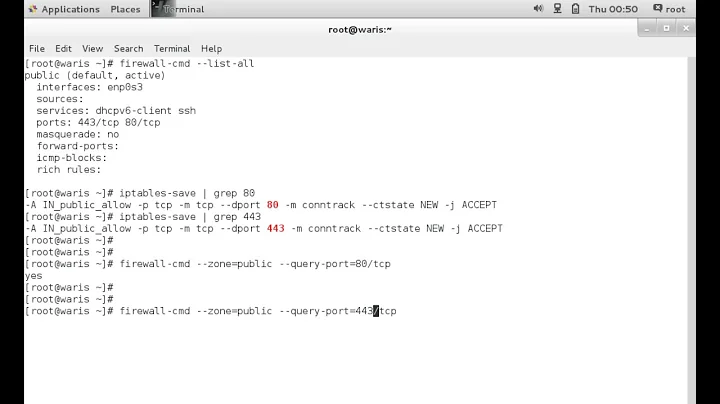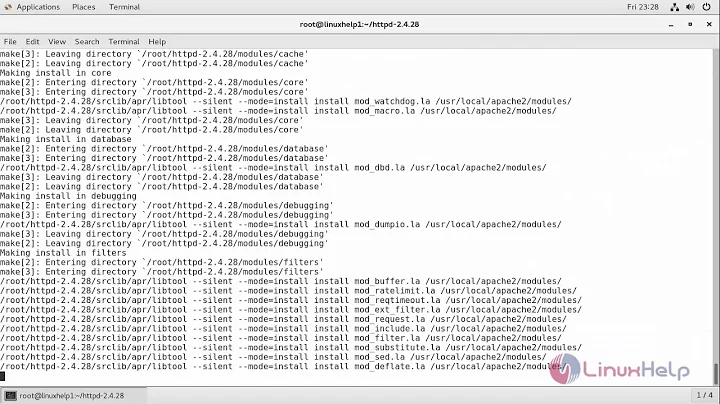How to enable website openning via 443 port of apache in CentOS7
Solution 1
It Works! means you didn't complete configuring your Apache just yet, take a look at following document: SSL/TLS Strong Encryption: How-To - Apache HTTP Server Version 2.4.
Solution 2
If you're able to see your webpage when the URL is https://example.com, you don't need to worry about manually specifying port 443, because SSL/TLS is working automatically.
You can confirm this by using a number of tools. OpenSSL, for example:
openssl s_client -connect example.com:443
The output should be pretty explicit in whether or not SSL/TLS is enabled. Specifically, it'll returned the message CONNECTED, followed by a lot of SSL handshake info.
Also, you can use https://www.ssllabs.com/ssltest/ if your site is available on the internet.
Related videos on Youtube
Comments
-
DmitryBoyko over 1 year
I have website working fine under
http(CentOS 7) and would like to get it working underhttpsand port 443.When I navigate to root of the domain under
httpsI see the textIt Works!
So it seems like
apacheis configuted to listen 443?Have I need to configure something else in order get working website via 443 port?
Thank you!
-
 Nick Young about 8 yearsListening on 443 and using SSL are 2 different things, you could configure Apache to use 443 for normal non-ssl http: traffic. When you use the https:// address does it give you the site or only when you say http: and use port 443?
Nick Young about 8 yearsListening on 443 and using SSL are 2 different things, you could configure Apache to use 443 for normal non-ssl http: traffic. When you use the https:// address does it give you the site or only when you say http: and use port 443? -
 vembutech about 8 yearsListening 443 on httpd.conf does not meant that it is secured. Do the same thing in ssl.conf, and check through https://
vembutech about 8 yearsListening 443 on httpd.conf does not meant that it is secured. Do the same thing in ssl.conf, and check through https:// -
DmitryBoyko about 8 years@vembutech Hi, well... I cannot see
ssl.confin the folder ofhttpd.conf. Is it ok? -
 vembutech about 8 yearsusually it should be in /etc/httpd/conf.d/ . Or do a search "locate ssl.conf"
vembutech about 8 yearsusually it should be in /etc/httpd/conf.d/ . Or do a search "locate ssl.conf"
-




